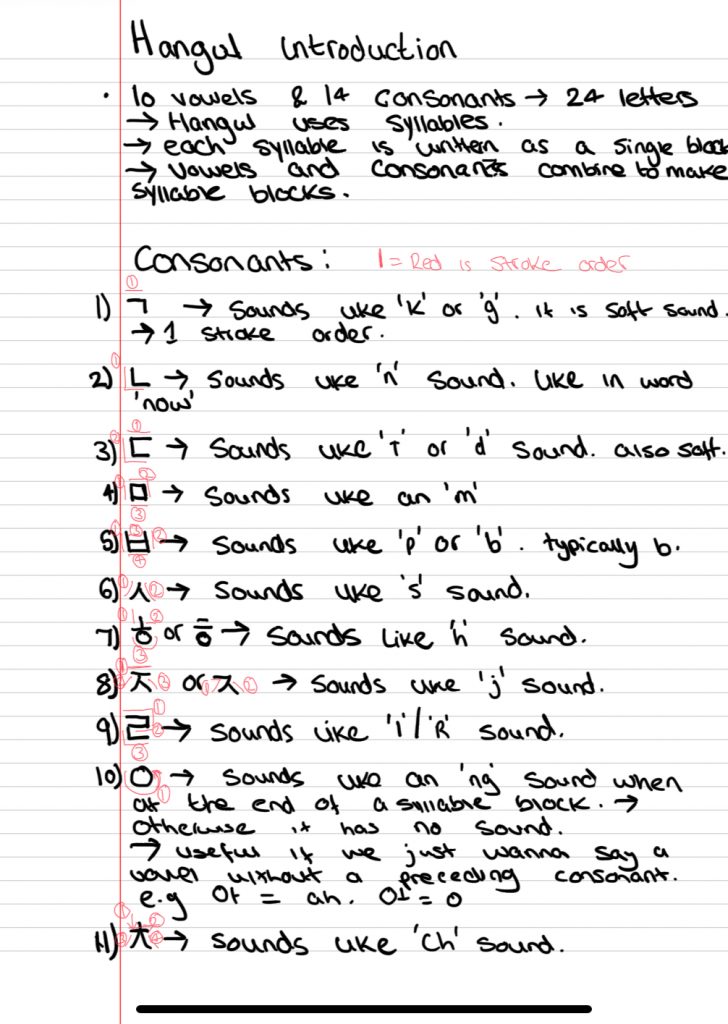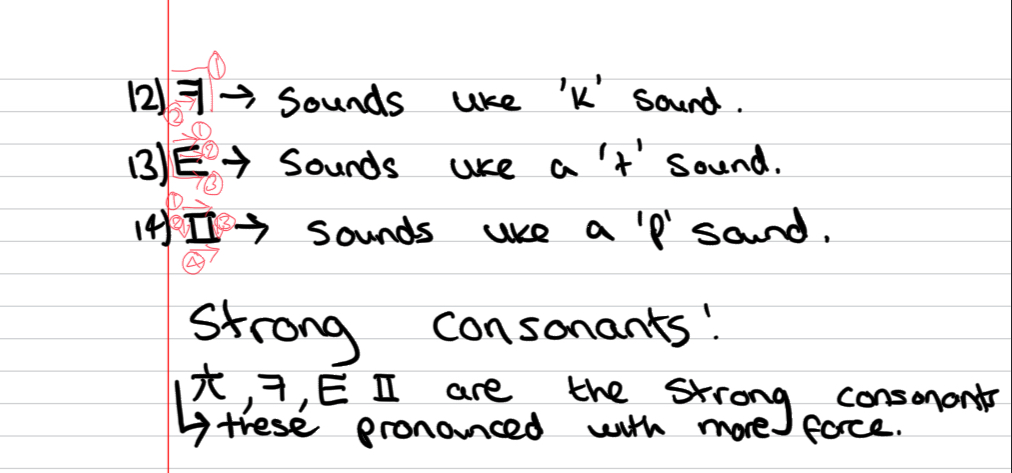Date: 18/02/2025
Hi! Welcome to my first blog post for Korean language learning! I’ve set myself a challenge of learning Korean within 2 years from this point forth. I have been doing a bit of Korean study since January, but from this date forth I will be doing it properly. This blogs purpose is to track my own journey and keep me accountable. Also this isn’t for me to teach the language, or to present serious lessons. There are many better people at that. Instead I will just put up the information I have learned. As I get better ill be able to upload new phrases and words I have learned and how to construct them into various sentences etc.
Since language learning isn’t a linear process, there may be frequent overlaps. For example, I won’t master Hangul (the Korean alphabet) in a day, so my next post might also focus on what I’ve practiced so far, usually after every study session. However, I will make sure to challenge myself a lot and try different things as much as I can. I will also include all resources I’ve used that day.
Lets get into it!
What is Hangul? 한글
Hangul (Which is written as 한글) is the Korean Alphabet used in both South Korea & North Korea. It was created and introduced by King Sejong in 1443. There is a long history regarding the language, so I definitely recommend doing research on it, if it interests you. Something I personally will definitely do once I have learnt a bit more of the language.
I have already learnt the basics of hangul (of course, mastery takes a long time) and it isn’t the most difficult to learn. The more you use it, the easier it becomes.
Hangul has 14 basic consonants and 10 basic vowels in the alphabet. Keep in mind I have mentioned “basic”. That’s right, there is more complex versions of these. I haven’t quite mastered those yet, so we will go over these basic ones first. Below is a table I have created of it.
Basic Consonants
| Korean Letter | Sound in Korean | Example in English |
| ㄱ – gi-yok | This sounds like ‘k’ or ‘g’ sound. But it is very soft sound. To keep simple use ‘g’ sound. | This sounds like the ‘g’ in “great”. |
| ㄴ- ni-eun | This has a ‘n’ or ‘nuh’ sound. | This sounds like the ‘n’ in the word ‘now’ |
| ㄷ- dee-gut | This has a ‘d’ like a ‘duh’ sound. | This sounds like the ‘d’ in the word ‘dog’ |
| ㄹ- r/lee-ul | This has a ‘l’ or an ‘r’ letter. Something like ‘luh/ruh’ This also looks like a rattlesnake. So when do we use the L or R sound? It depends on the word. E.g. in English we have their, they’re, there etc. Same concept. | This sounds like the r in the word ‘ring’ |
| ㅁ- mi-eum | This has a ‘m’ sound. | This sounds like the letter ‘m’ in the word ‘moon’ |
| ㅂ- bee-up | This has a ‘b’ or ‘p’ sound | This sounds like the letter ‘b’ or ‘p’ in the word ‘bee’ and ‘pop’ respectively |
| ㅅ- see-ot | This has a soft ‘s’ sound. | This sounds like the letter ‘s’ in the word “sky” or “sound” |
| ㅈ -jee-oot | This has a ‘j’ sound. | This sounds like the letter ‘j’ in the word ‘joke’ |
| ㅊ – chee-eut | This has a ‘ch’ sound. | This sounds like the letters ‘ch’ in the word ‘chocolate’ |
| ㅌ- tee-gut | This has a ‘t’ sound. | This sounds like the letter ‘t’ in the word ‘top’ |
| ㅋ- kee-euk | This has a ‘k’ sound. | This sounds like the letter ‘l’ in the word ‘kite’ |
| ㅍ- pee-up | This has a ‘p’ sound like ‘puh’ | This sounds like the letter ‘p’ in the word ‘pool’ |
| ㅎ- hee-heut | This sounds like a ‘h’ it looks as if someone is wearing a hat. | In English this is like the letter h in the word ‘hat’ |
| ㅇ- ieung | This one is unique in which it has no sound. But there is an exception where it can sound like an ‘ng’ sound. But this is something to cover later. | In cases where the sound is used, it can sound like the ‘ng’ in the word ‘racing’ |
My Experience
When I first started learning the letters around a few weeks ago, I have to say, it was difficult, especially ㅊ & ㅈ, its very subtle to notice the difference as different people and resources write them differently. Anki flashcards really helped a lot. I highly recommend creating your own Anki cards and practicing this. I also recommend setting an alarm clock. I set it for 10pm every night. It reminds me to review these flashcards. Make sure the alarm is set to 100% volume because otherwise you’ll forget and not do it. Trust me. I’ve been there.
I also recommend to use lots of resources when learning Hangul and Korean in general. There are different ways people write it, and different people have different experiences and ways of teaching.
Below I have also included some of my study notes I created: (unfortunately I have trash handwriting haha)


Also to note there is something called stroke order in hangul. This is important. The resources below do a better job of showing this.

Leave a Reply